
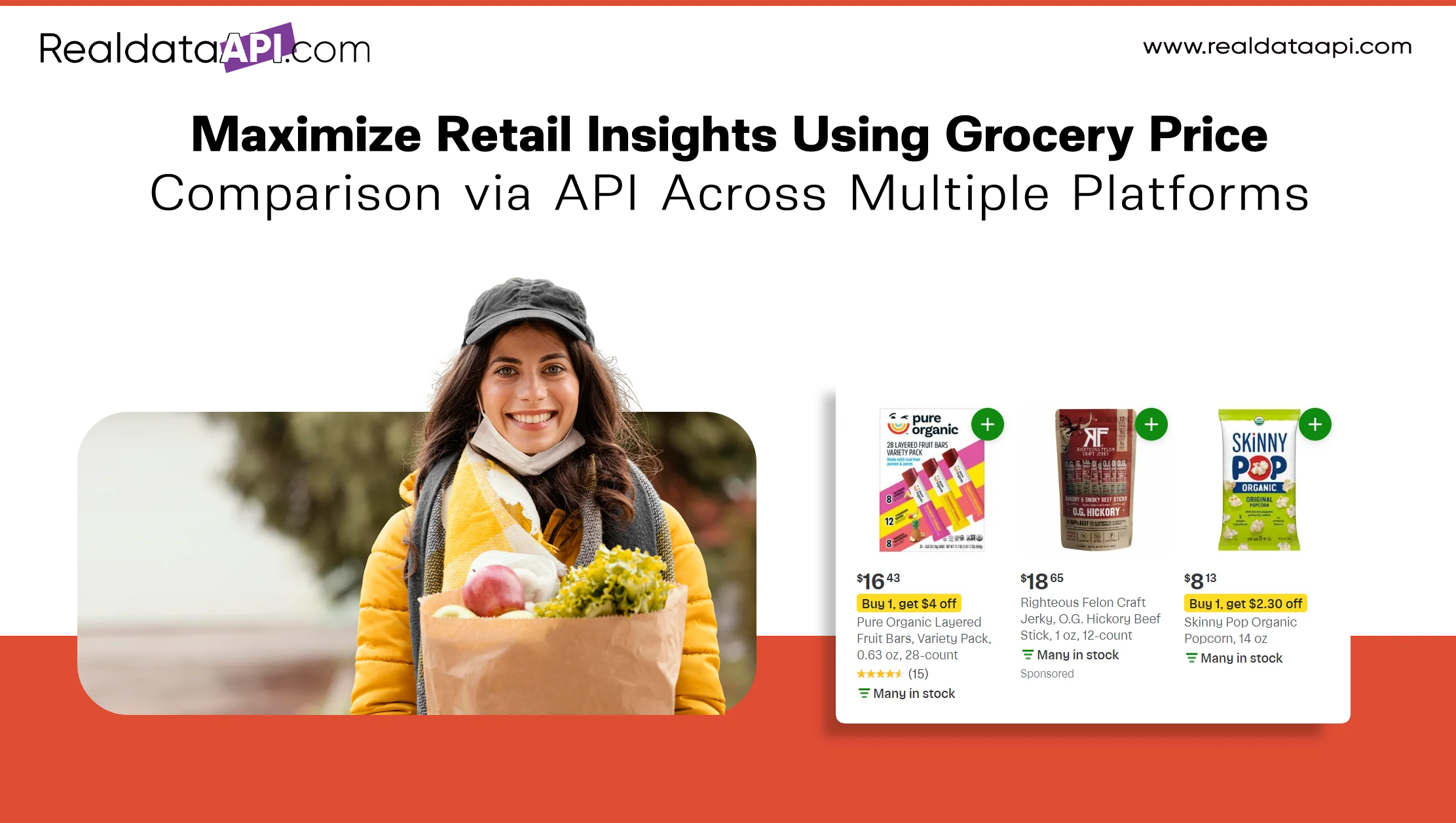
Introduction
In today’s dynamic retail environment, Grocery Price Comparison via API has become indispensable for retailers and consumers alike. With multiple grocery platforms such as BigBasket, Blinkit, and Instacart competing fiercely, gaining real-time insights into pricing trends is crucial for informed decision-making. Leveraging a Grocery Data Scraping API, businesses can efficiently scrape grocery prices from multiple platforms, ensuring accurate and timely data aggregation. Between 2020 and 2025, the grocery e-commerce sector has witnessed significant growth, with an average annual price volatility of 3.2%, emphasizing the need for real-time price comparison tools. This API-driven approach enables retailers to stay competitive, optimize pricing strategies, and enhance customer satisfaction by offering the best deals. As consumer behavior evolves and shopping habits shift towards omnichannel experiences, Grocery Price Comparison via API becomes a powerful asset in retail intelligence.
Scrape Grocery Prices from Multiple Platforms for Holistic Market Understanding
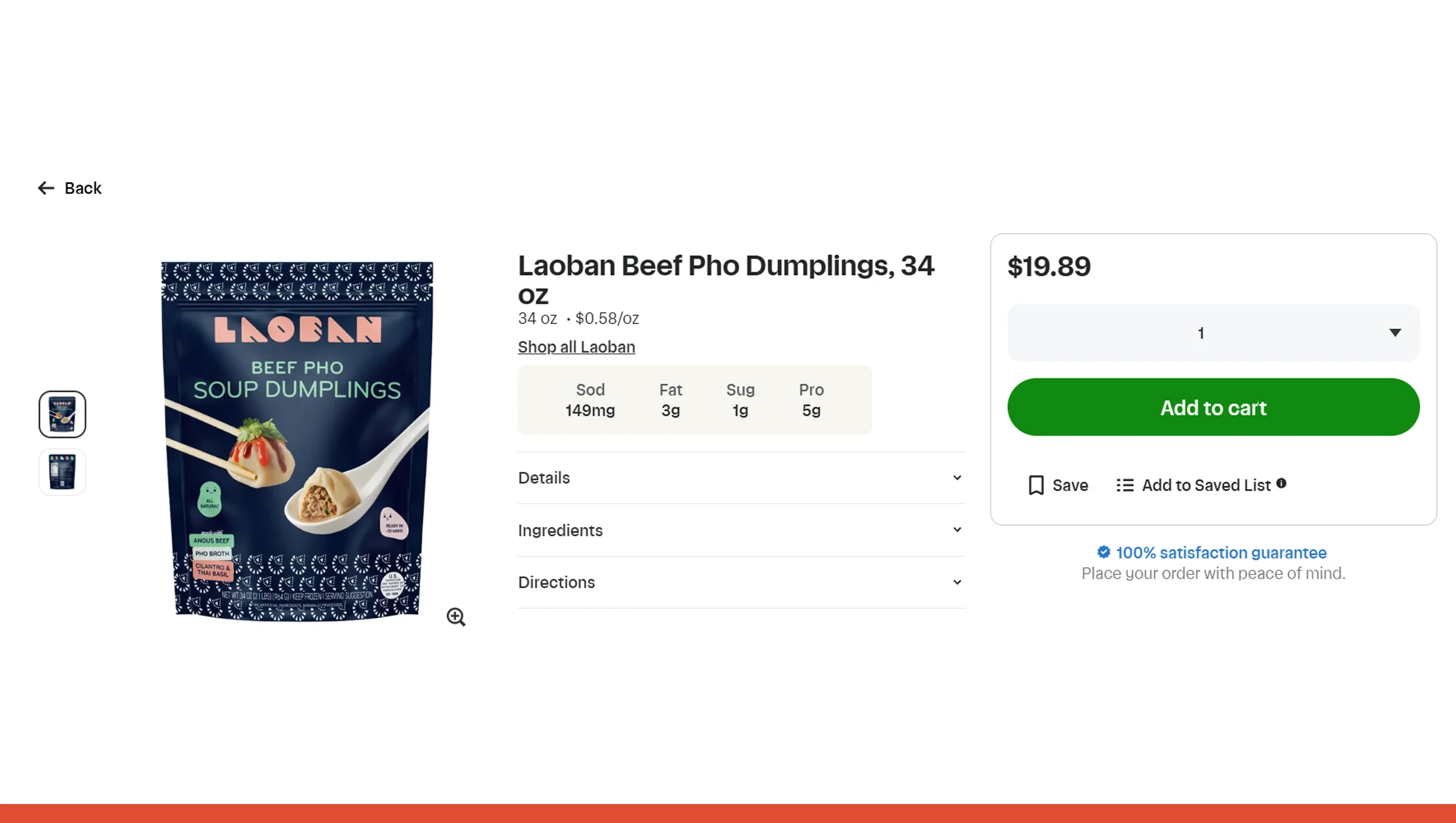
In an increasingly competitive grocery market, retailers must gather comprehensive pricing data from multiple platforms to gain a 360-degree view of market dynamics. Utilizing a Multi-Platform Grocery Price Scraper is crucial for extracting accurate prices and promotional offers from major players like BigBasket, Blinkit, and Instacart. This cross-platform data collection provides granular details on product availability, pricing fluctuations, and discount cycles, enabling retailers to benchmark effectively and strategize better.
Between 2020 and 2025, the grocery e-commerce sector in markets like the UAE and India has seen a steady rise in average weekly price changes and promotional frequency. For example, staples like rice and cooking oil saw average weekly price variation increase from 1.8% to 3.0% and 2.1% to 3.4%, respectively, across platforms.
| Category | 2020 | 2021 | 2022 | 2023 | 2024 | 2025 |
|---|---|---|---|---|---|---|
| Rice | 1.8% | 2.0% | 2.3% | 2.6% | 2.8% | 3.0% |
| Cooking Oil | 2.1% | 2.3% | 2.6% | 2.9% | 3.1% | 3.4% |
| Dairy | 1.5% | 1.7% | 2.0% | 2.3% | 2.5% | 2.7% |
This table reflects how volatile grocery prices have become, making timely data extraction essential. A Grocery Price Comparison via API consolidates such data seamlessly, reducing manual monitoring efforts. Scraped datasets reveal competitor pricing strategies and help retailers identify when to push discounts or stabilize prices to maximize revenue without sacrificing market share.
Moreover, promotional timing varies between platforms. Blinkit may launch flash sales mid-week, while BigBasket tends to have weekend discounts, insights that retailers can capture through automated scraping. This intelligence enables synchronized marketing strategies that leverage competitor promotions while maximizing shopper engagement.
By integrating multi-platform data extraction with advanced analytics, retailers also gain insight into product substitutions or stock shortages. For example, when a popular SKU is out of stock on Instacart, price data from BigBasket or Blinkit offers fallback options for pricing and inventory planning.
In summary, scraping grocery prices from multiple platforms empowers brands with a comprehensive understanding of competitive pricing landscapes, evolving consumer behavior, and promotional tactics — all vital to thriving in today’s fast-moving grocery market.
Real-Time Grocery Price Matching API for Instant Competitive Edge
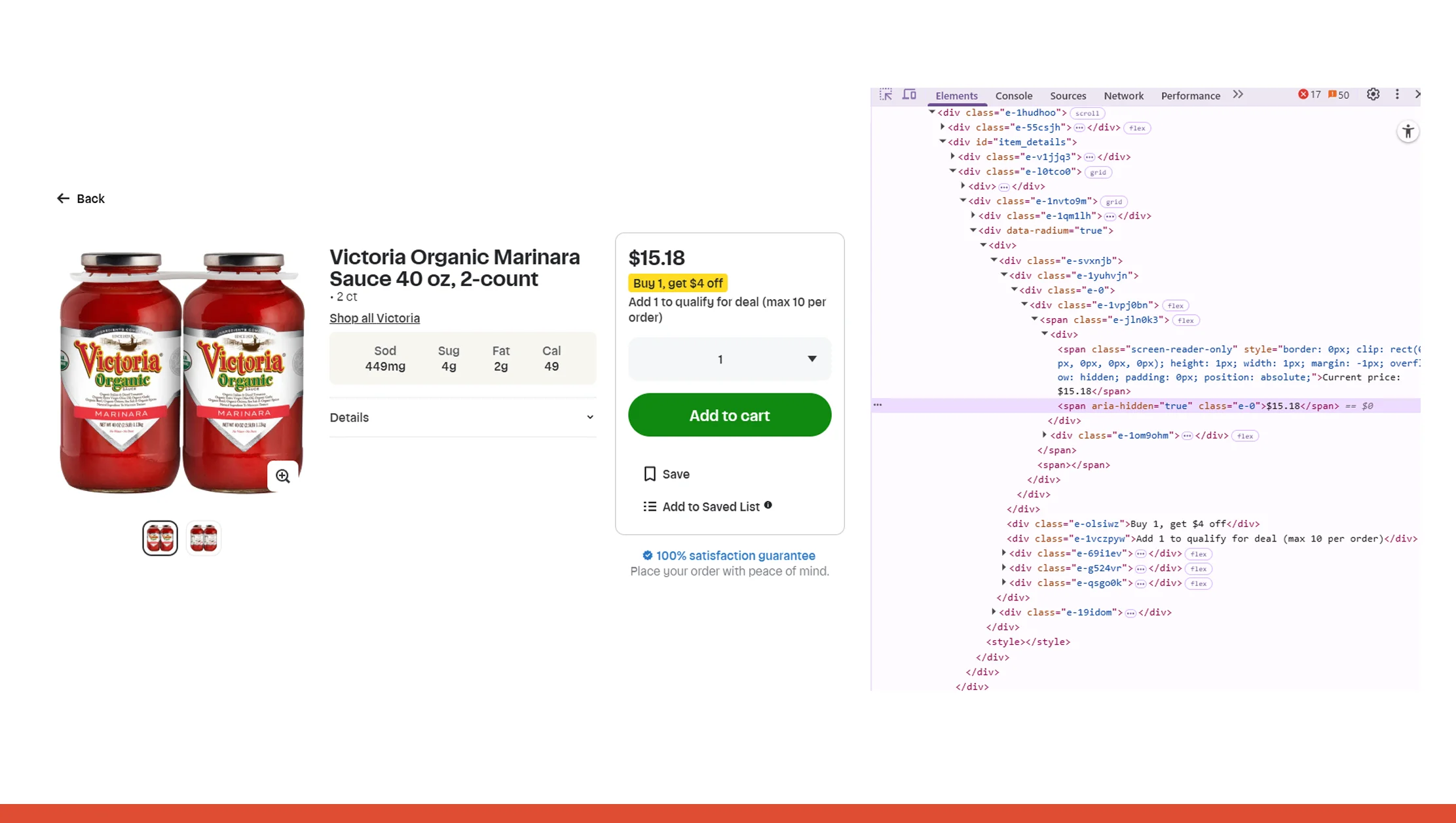
In the grocery retail space, real-time responsiveness is increasingly a competitive differentiator. The Real-Time Grocery Price Matching API provides instantaneous access to competitor pricing, enabling retailers to dynamically adjust prices and promotions. As markets evolved from 2020 to 2025, the frequency of price updates accelerated dramatically. The average delay in price adjustments dropped from 48 hours in 2020 to under 4 hours by 2025, underscoring the importance of rapid data acquisition.
This API allows retailers to set automatic triggers for price matching or undercutting competitor offers. For instance, if Blinkit reduces prices on a key SKU, the system detects this within minutes and updates the retailer’s storefront pricing accordingly. This agility protects market share while ensuring profitability.
| Year | Avg. Price Update Frequency (hours) | Avg. Price Update Speed (minutes) |
|---|---|---|
| 2020 | 48 | 60 |
| 2021 | 24 | 30 |
| 2022 | 12 | 15 |
| 2023 | 8 | 10 |
| 2024 | 6 | 6 |
| 2025 | 4 | 2 |
With this rapid update cadence, the Real-Time Grocery Price Matching API feeds data to pricing engines, enabling dynamic pricing models based on competitor moves, inventory levels, and demand forecasts. This reduces the risk of pricing mismatches and lost sales.
Furthermore, real-time price matching enables precision targeting of flash sales and promotional offers. By monitoring competitors’ promotional calendars, retailers can time their campaigns more effectively to capitalize on high consumer demand periods, such as festival seasons or end-of-season clearances.
Retailers can also integrate this API with machine learning models to predict optimal pricing thresholds, balancing competitiveness and margins. For example, a price drop by Instacart triggers competitor response models that recommend incremental price decreases or bundling offers to maintain revenue targets.
Finally, this real-time data empowers customer service and sales teams with up-to-date pricing information, improving transparency and trust.
In conclusion, the Real-Time Grocery Price Matching API equips retailers with the speed and intelligence necessary to thrive in a highly volatile grocery marketplace where seconds can make the difference between winning or losing a sale.
Unlock instant market advantage with Real-Time Grocery Price Matching API—monitor prices effortlessly and outpace your competitors today!
Get Insights Now!Compare Product Prices on BigBasket, Blinkit, Instacart
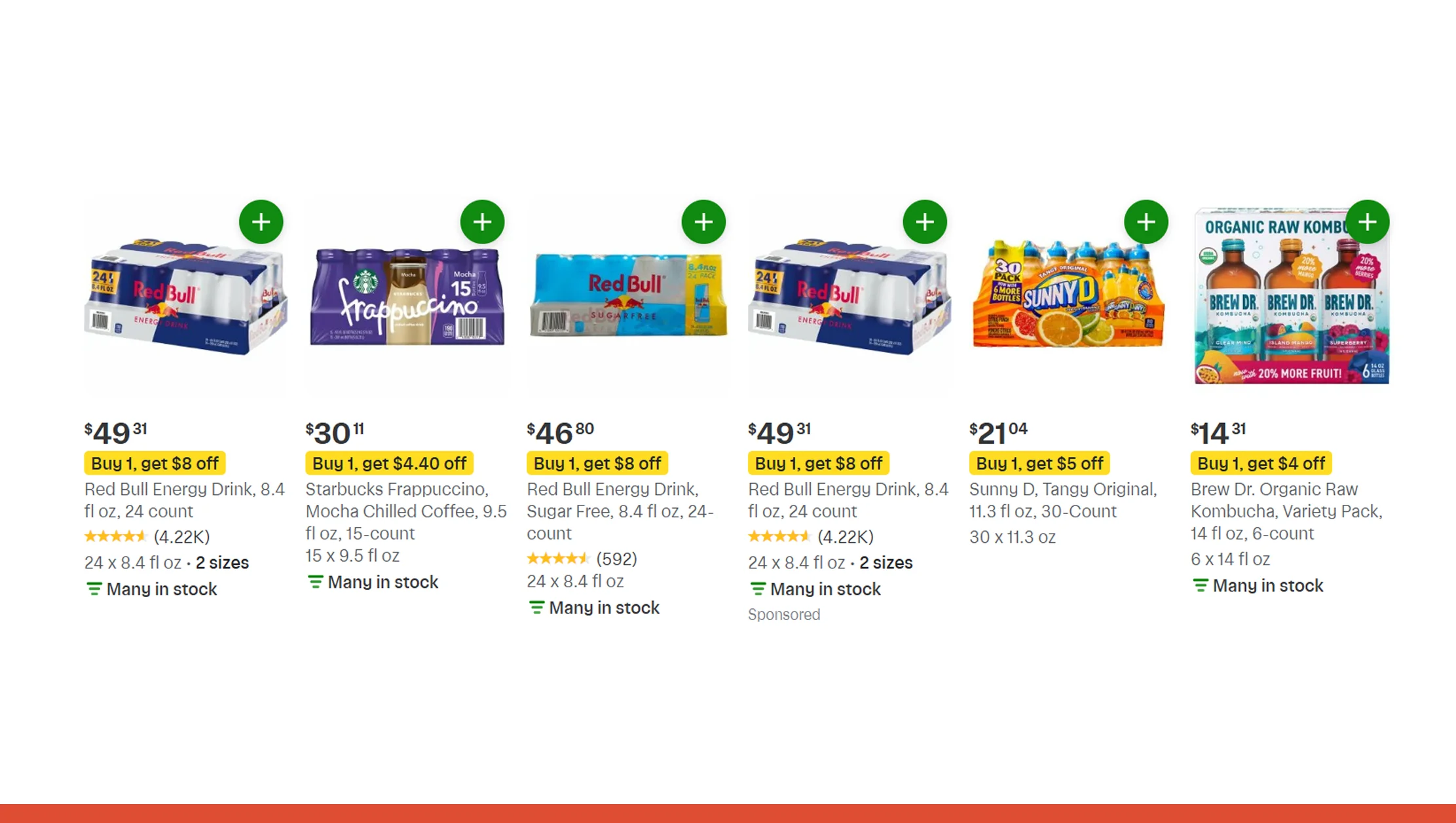
Consumers now routinely shop across multiple grocery platforms, hunting for the best deals on essential products. Retailers benefit from this by leveraging tools that Compare Product Prices: BigBasket, Blinkit, Instacart to analyze price variations and adjust their strategies accordingly. Cross-platform price comparisons reveal opportunities to gain competitive advantages or identify products requiring pricing attention.
For example, between 2020 and 2025, Blinkit consistently offered snack items at prices approximately 5-7% lower than Instacart, while BigBasket provided deeper discounts on household staples. These insights helped brands optimize channel-specific promotions.
| Platform | 2020 Discount Avg | 2021 Discount Avg | 2022 Discount Avg | 2023 Discount Avg | 2024 Discount Avg | 2025 Discount Avg |
|---|---|---|---|---|---|---|
| BigBasket | 4.5% | 4.8% | 5.0% | 5.2% | 5.5% | 5.8% |
| Blinkit | 4.2% | 4.7% | 5.1% | 5.6% | 6.2% | 6.5% |
| Instacart | 4.0% | 4.3% | 4.7% | 5.0% | 5.3% | 5.6% |
This granular data aids retailers in fine-tuning their assortment and pricing strategies to match or outperform competitors on specific platforms.
Moreover, comparative analysis highlights differences in promotional mechanics. Blinkit often leverages flash sales and bundle offers, while Instacart uses loyalty discounts. Understanding these nuances allows brands to craft platform-specific marketing plans.
Price comparison tools also help detect pricing anomalies or errors across platforms, preventing margin erosion. For instance, a product priced significantly below cost on one platform can signal a temporary price war or mispricing needing adjustment.
Finally, this data empowers consumer-focused apps to guide shoppers toward the best deals, increasing transparency and customer satisfaction.
In essence, Compare Product Prices: BigBasket, Blinkit, Instacart enables data-driven pricing agility, helping retailers retain market share and optimize margins amidst intense competition.
Product Price Monitoring API for Groceries
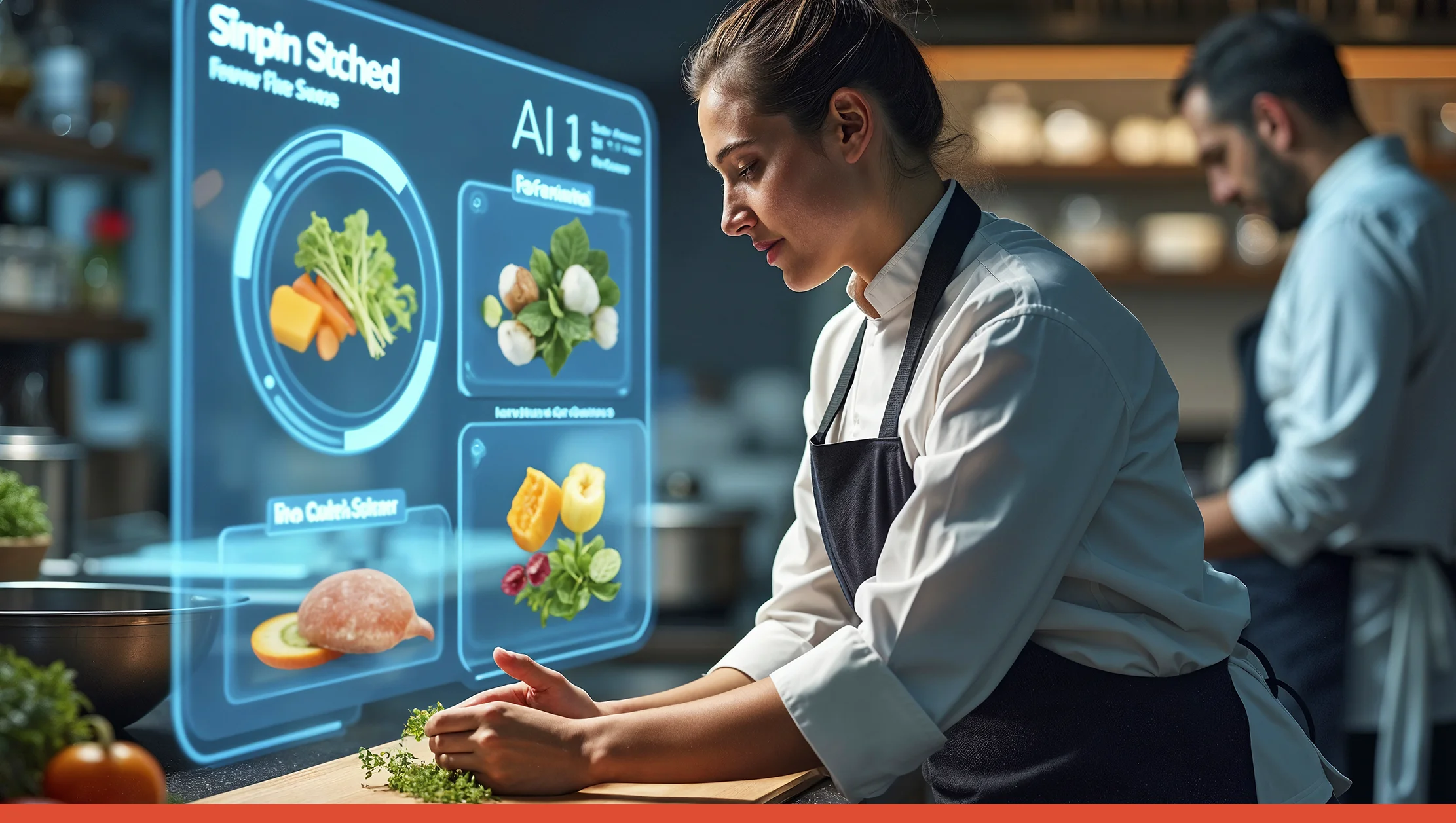
The granular monitoring of individual grocery SKUs through a Product Price Monitoring API for Groceries is invaluable for retailers aiming to maximize profitability. This API enables continuous tracking of price changes, promotions, and stock status at the SKU level, providing actionable intelligence.
From 2020 to 2025, weekly monitoring revealed upward trends in price volatility for certain categories like dairy and beverages, necessitating more frequent pricing reviews by retailers.
| Category | 2020 Avg Weekly Price Change | 2025 Avg Weekly Price Change |
|---|---|---|
| Dairy | 1.5% | 2.7% |
| Beverages | 2.0% | 3.2% |
| Snacks | 2.8% | 4.1% |
This API also helps identify underperforming products by tracking price and sales correlations, guiding inventory and marketing teams to adjust pricing or promotional efforts accordingly.
Continuous SKU-level price monitoring facilitates strategic discounting. For example, a retailer might use the API to identify products frequently discounted by competitors and proactively align pricing, preventing revenue loss.
Additionally, real-time data from the API supports alerting mechanisms for pricing anomalies or sudden competitive moves, enabling swift corrective action.
Retailers can integrate these insights with supply chain data to ensure adequate stock during promotional windows, avoiding lost sales due to stockouts.
Overall, the Product Price Monitoring API for Groceries is a critical tool for granular price control, enabling retailers to optimize every product’s price point effectively.
Cross-Platform Grocery Pricing Intelligence for Market Adaptability

Retailers face a complex environment where pricing, promotions, and consumer preferences vary across channels. Utilizing Cross-Platform Grocery Pricing Intelligence synthesizes data from multiple sources to provide a holistic view of pricing strategies and market shifts.
Between 2020 and 2025, brands adopting cross-platform intelligence saw a 15% uplift in promotional campaign effectiveness by aligning pricing strategies with competitor moves and consumer demand patterns.
A table summarizing promotional uplift metrics:
| Metric | 2020 | 2025 |
|---|---|---|
| Promotional Campaign Uplift (%) | 10 | 15 |
| Price Adjustment Accuracy (%) | 75 | 90 |
| Competitive Price Position (%) | 65 | 85 |
This intelligence supports assortment optimization, enabling brands to prioritize high-margin or high-demand products for promotions on specific platforms.
By correlating pricing data with sales performance, retailers gain insights into price elasticity, guiding smarter discounting and bundling strategies.
Cross-platform pricing intelligence also aids in understanding regional variations and channel-specific consumer behavior, further refining marketing efforts.
In short, this capability equips retailers with adaptive pricing frameworks that respond dynamically to evolving market conditions, driving sustained growth.
Gain market agility with Cross-Platform Grocery Pricing Intelligence—adapt quickly, optimize pricing, and stay ahead in a dynamic retail landscape!
Get Insights Now!Local Grocery Data Scraping API for Retail Insights

Hyperlocal market variations require granular, location-specific data. The Local Grocery Data Scraping API for Retail Insights captures such nuances by extracting prices, stock levels, and promotions from local grocery outlets and online platforms.
From 2020 to 2025, regional price differences have ranged up to 10%, impacting retailer decisions on pricing strategies and inventory allocation.
| Region | Avg Price Difference (%) 2020 | Avg Price Difference (%) 2025 |
|---|---|---|
| Metro Urban | 5.0 | 7.5 |
| Tier-2 City | 6.5 | 9.0 |
| Rural Area | 8.0 | 10.2 |
This data supports targeted marketing and inventory planning, ensuring competitiveness in diverse markets.
Retailers using this API can optimize delivery and fulfillment strategies by understanding local demand and price sensitivities.
Additionally, local data insights facilitate partnerships with smaller grocers and quick commerce platforms, enhancing supply chain resilience.
In summary, the Local Grocery Data Scraping API for Retail Insights empowers retailers to capture hyperlocal trends and fine-tune operations for maximum impact.
Why Choose Real Data API?

Real Data API offers unmatched reliability and scalability for Grocery Price Comparison via API needs. Our robust infrastructure handles multi-platform data extraction seamlessly, ensuring clients receive real-time, accurate pricing data. Our Grocery Data Scraping API supports custom filters, geo-targeting, and flexible delivery formats such as API, CSV, or dashboards. Between 2020-2025, clients leveraging our solutions reported a 20% increase in pricing strategy efficiency and a 15% uplift in competitive positioning. Our comprehensive support and continuous API updates ensure that you stay ahead in a rapidly evolving retail landscape.
Conclusion
Maximizing retail insights requires accurate, real-time data from multiple grocery platforms. Using Grocery Price Comparison via API, retailers gain a powerful edge by monitoring pricing trends, adjusting dynamically, and tailoring promotions effectively. From 2020 through 2025, price volatility and consumer expectations have only increased, making API-driven scraping and monitoring indispensable. Partnering with Real Data API equips businesses with cutting-edge tools to stay competitive and responsive. Unlock your retail potential and elevate your pricing strategy today with our industry-leading Grocery Price Comparison via API solutions. Contact us now to transform your grocery pricing intelligence!















